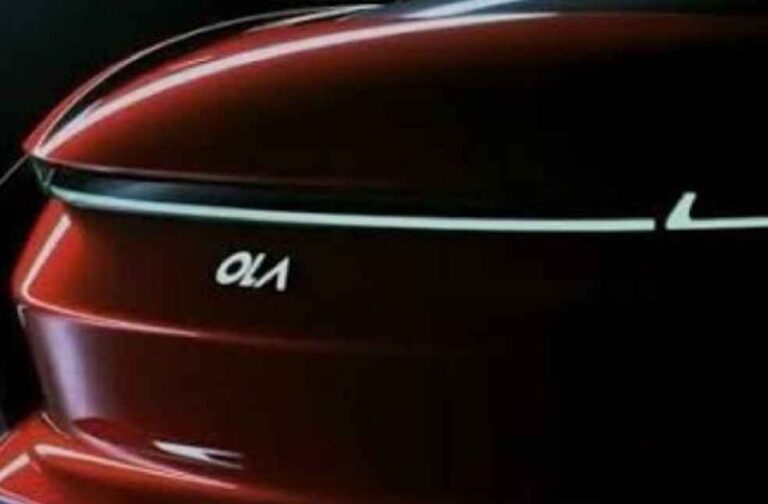Ola Electric has hit the brakes on its electric car venture to bolster its burgeoning electric two-wheeler market. This recalibration aims to strengthen the company’s position in the rapidly expanding electric scooter and motorcycle sectors.
New Direction
Originally, Ola had ambitious plans for a zero-emission sports car, teased in 2022 with promises of impressive performance and design features, including a full glass roof and rapid acceleration. These plans are now on hold as Ola redirects its resources and energy towards two-wheelers.
Funding and Market Expansion
To support this pivot, Ola Electric plans to raise $660 million through an initial public offering (IPO), set to open for retail subscription on August 2, 2024. Supported by SoftBank, the IPO could value the company between $4.2 billion and $4.4 billion. This funding will help Ola solidify its leadership in the electric two-wheeler market.

Market Leadership
Ola Electric emerged as a dominant player in the electric two-wheeler market last fiscal year, capturing nearly a third of India’s total sales. The company’s sales doubled, reaching over 300,000 units in FY24. According to Vahan portal data, the electric two-wheeler market saw a 33.3% year-on-year increase in 2023-24, with total sales jumping to 910,930 units from 682,937 units the previous year.
Competitive Landscape
Ola Electric faces competition from established brands like Bajaj Auto and TVS Motor Company, which have reported strong sales with their electric models, Chetak and iQube. To maintain its edge, Ola has postponed its electric car project by at least two years, focusing instead on boosting the retail sales of its S1 range and ramping up battery production.

Workforce Changes
The shift in focus has resulted in workforce adjustments. Ola had brought in external consultants and hired over 100 employees for the car project, but 30% of the team has since departed following the project’s postponement.
IPO Expectations
Ola Electric’s upcoming IPO is anticipated to be one of the largest this year. Despite ongoing financial losses, the company has captured a 46% market share in the e-scooter sector within three years, showcasing its rapid growth and market impact.
EV WORLD | Saudi’s Electric Car Boom Signals Shift from Oil with Vision 2030





